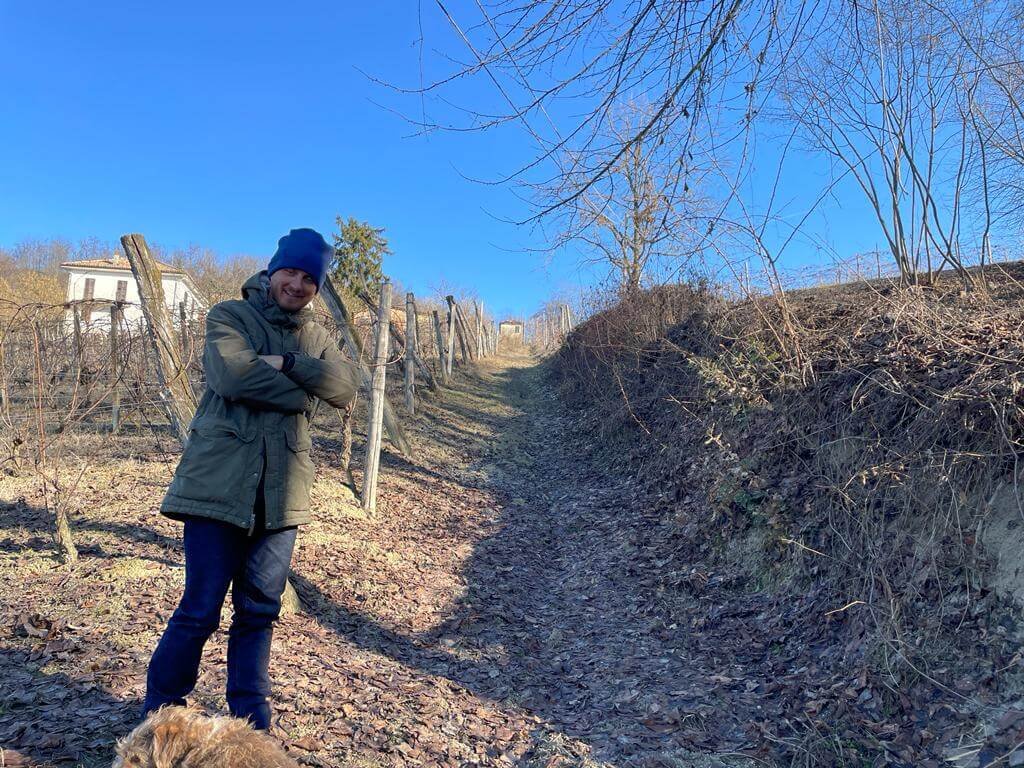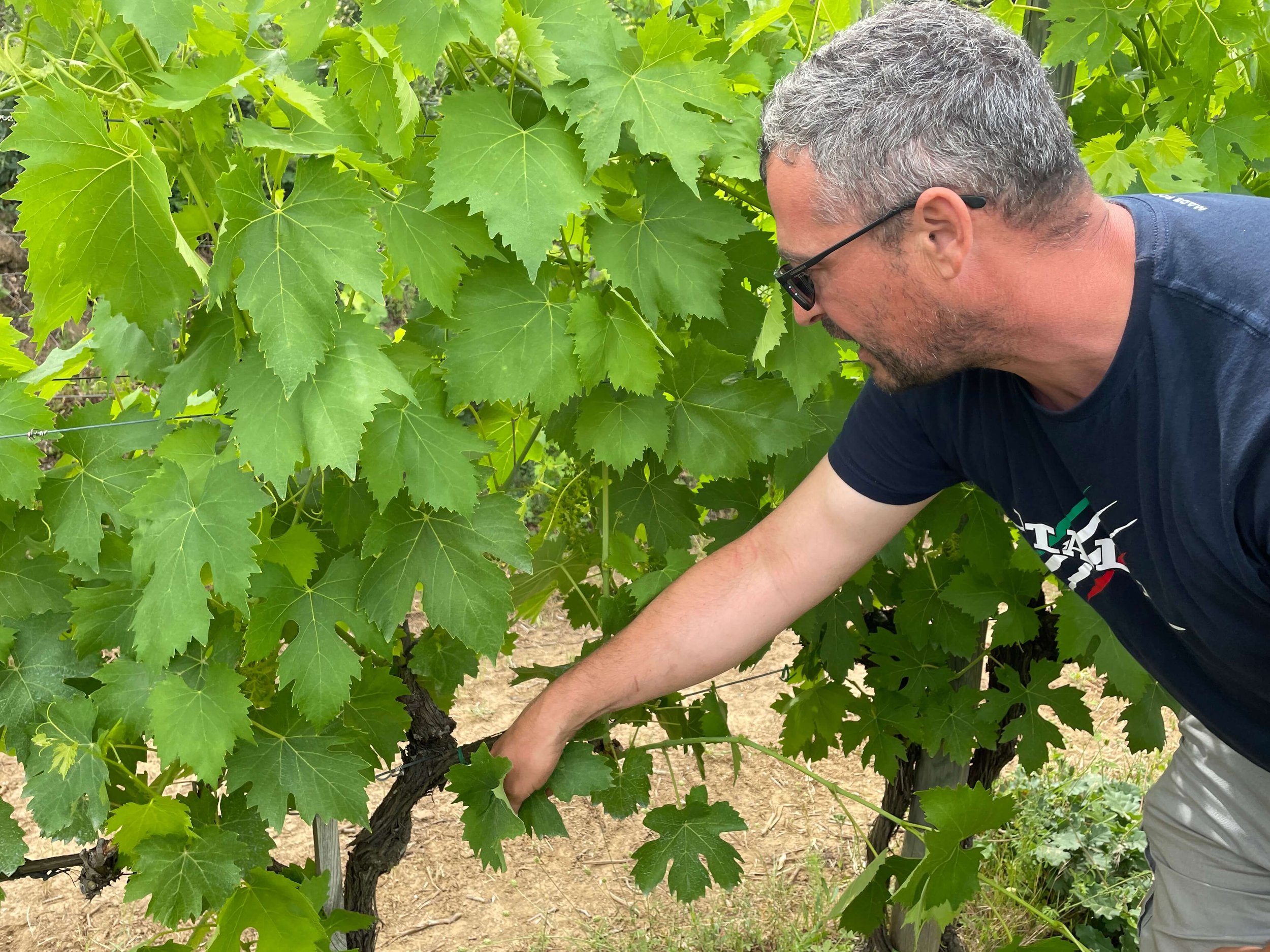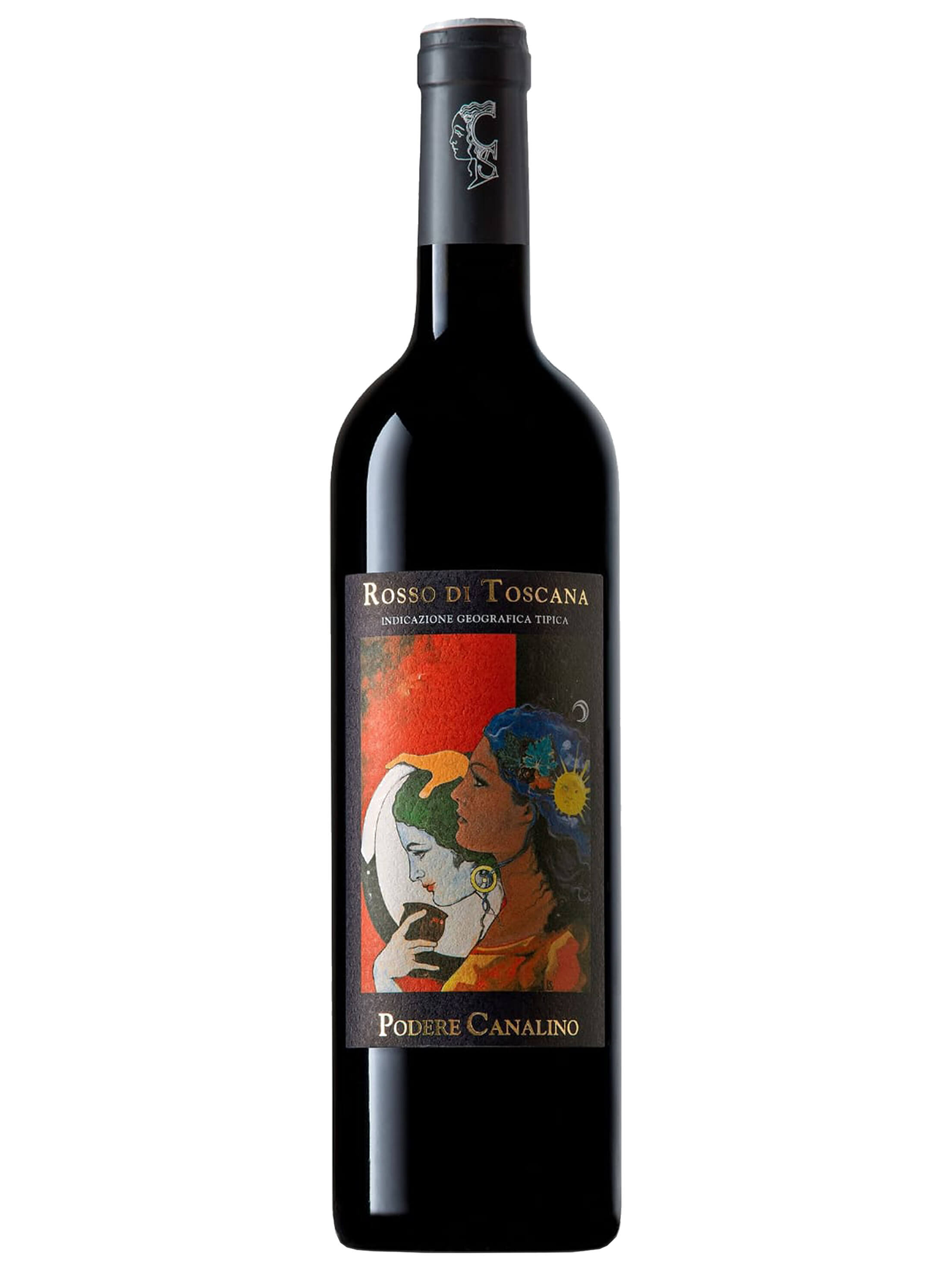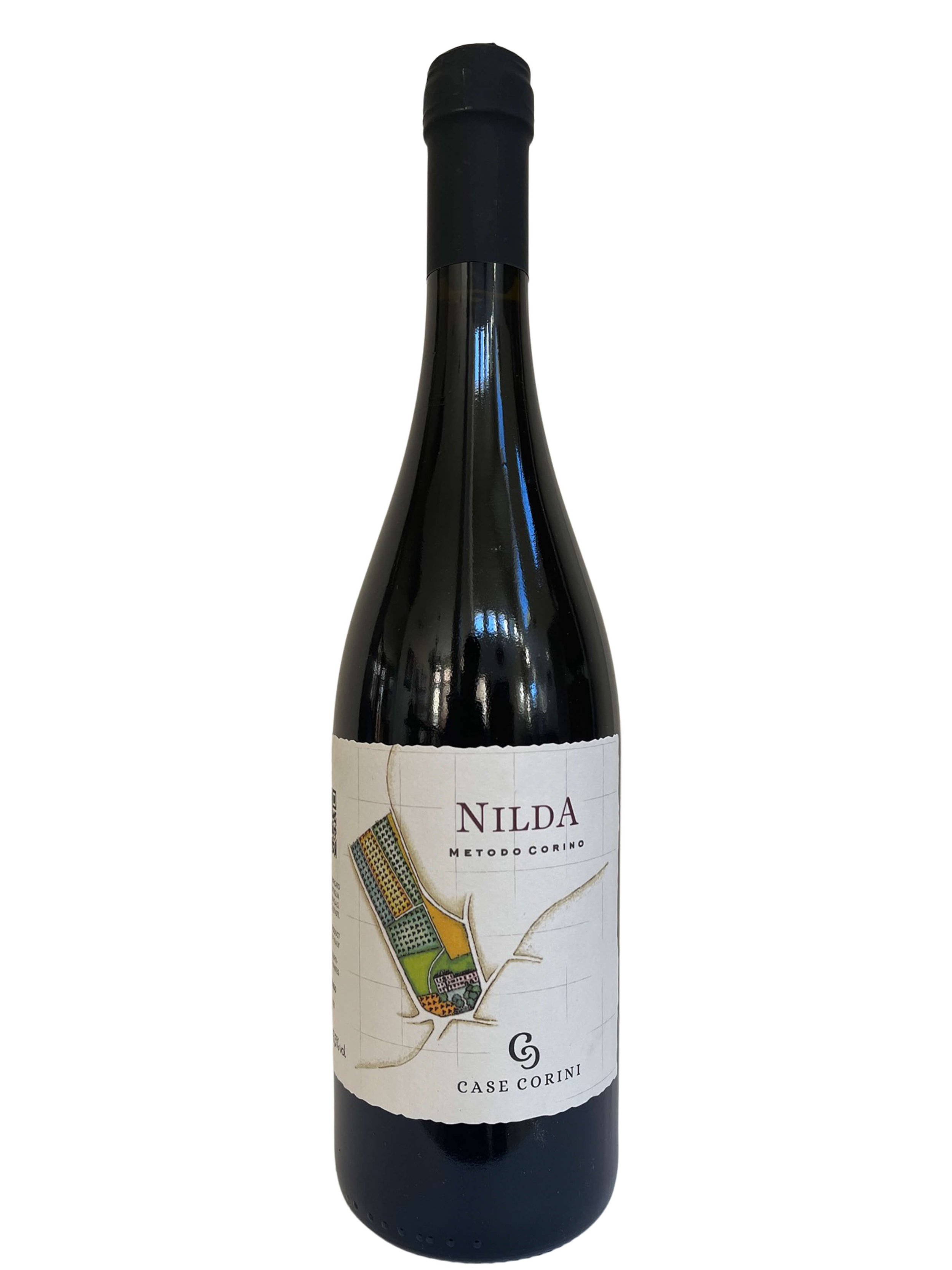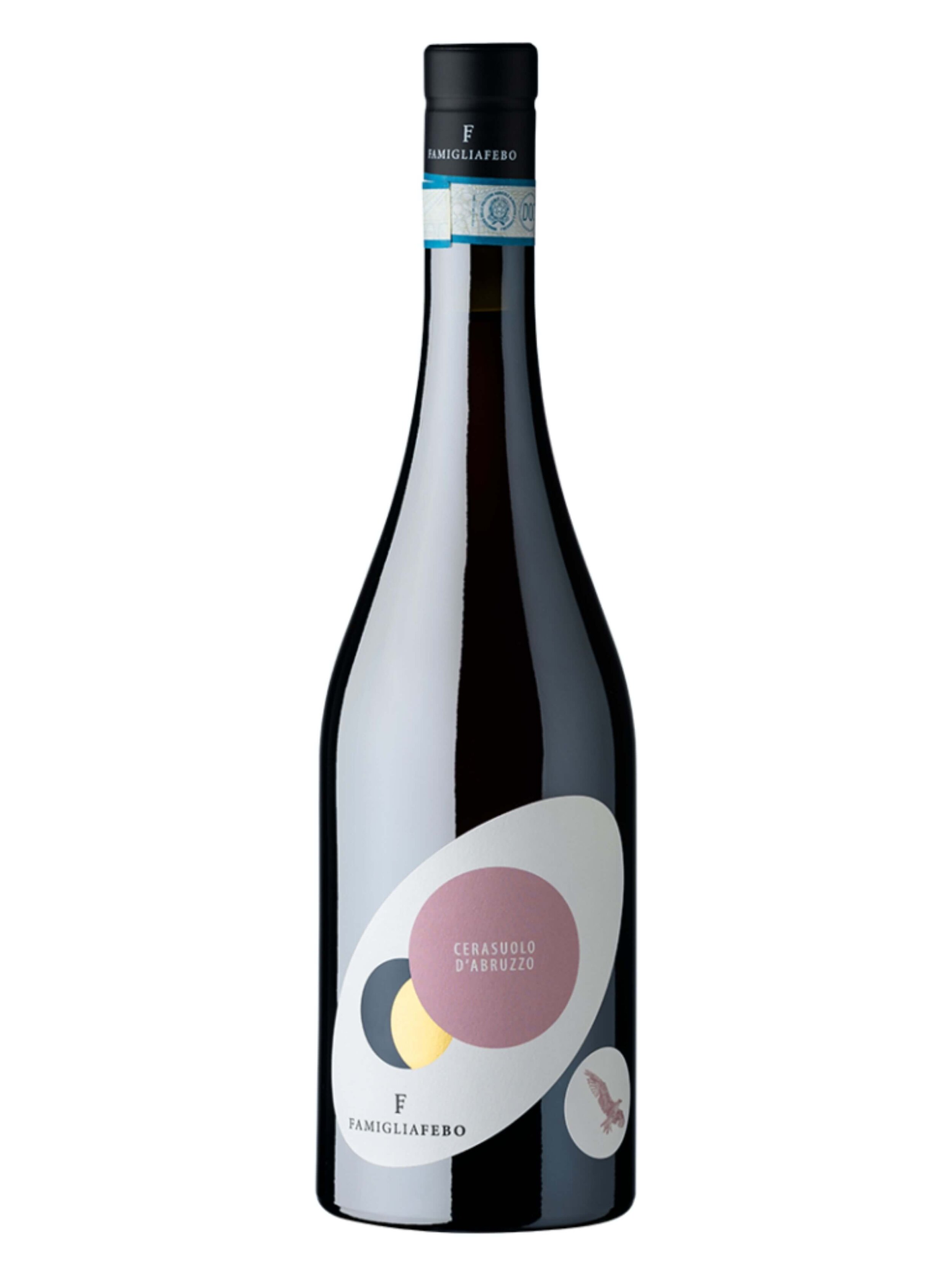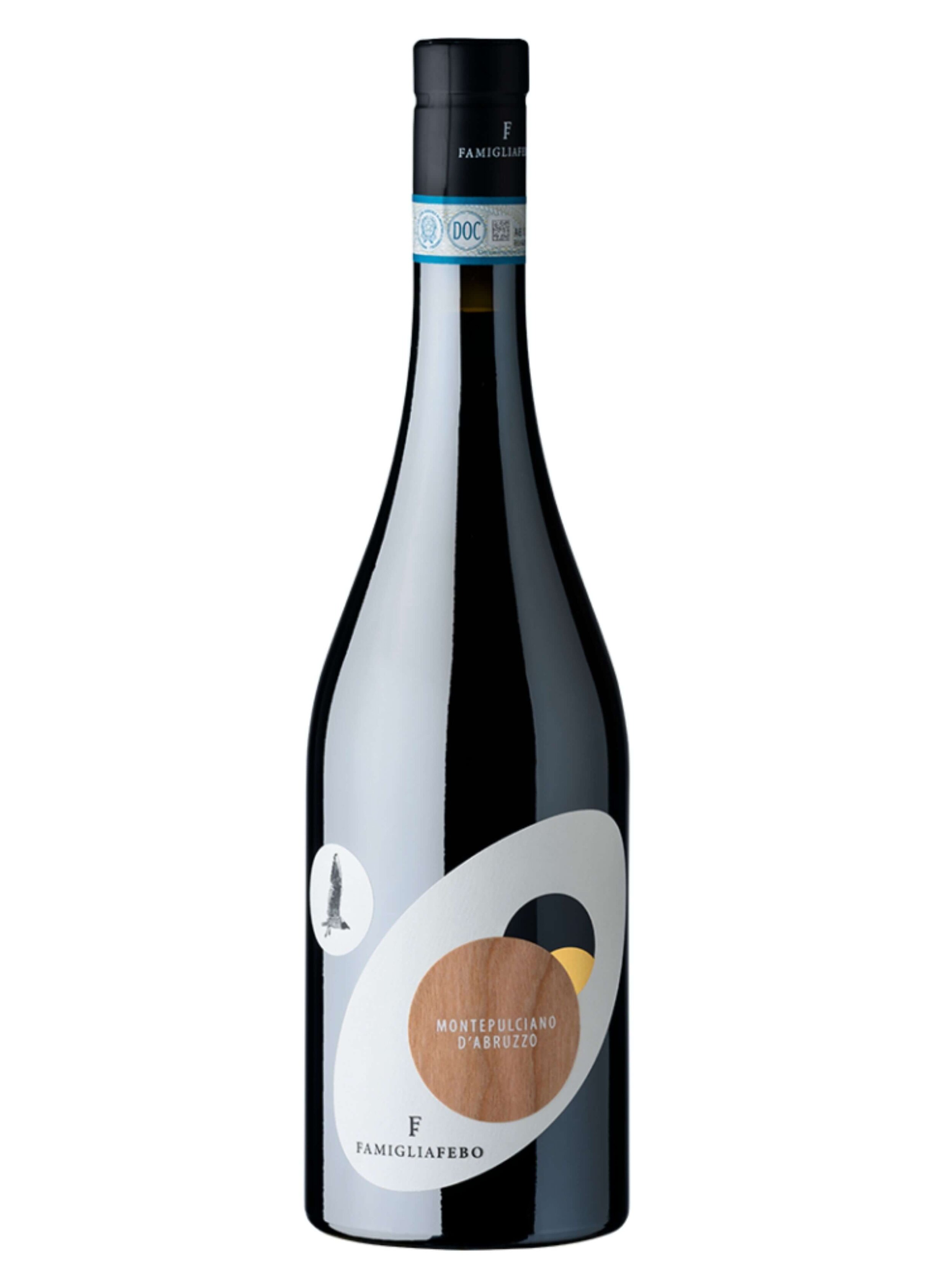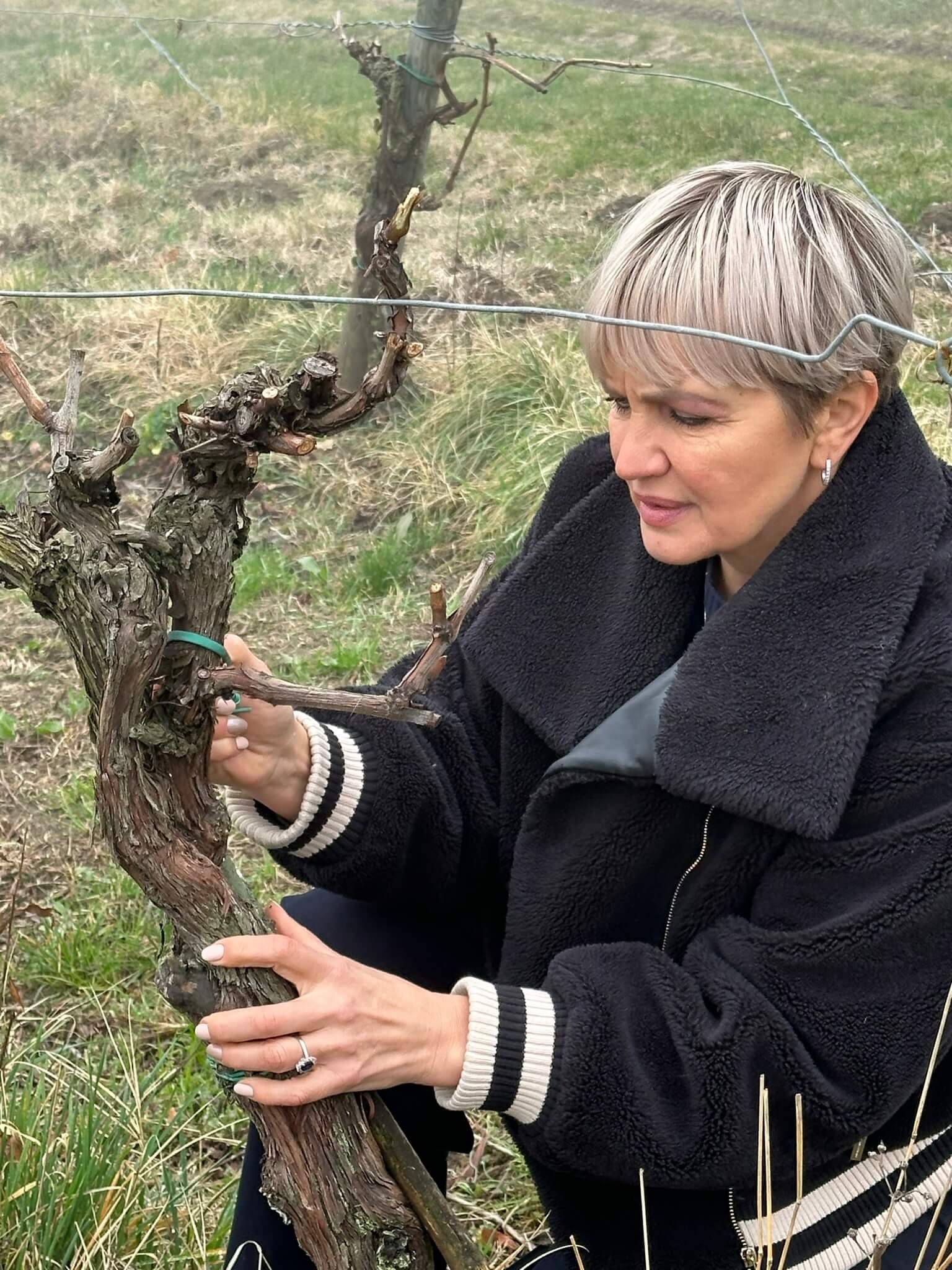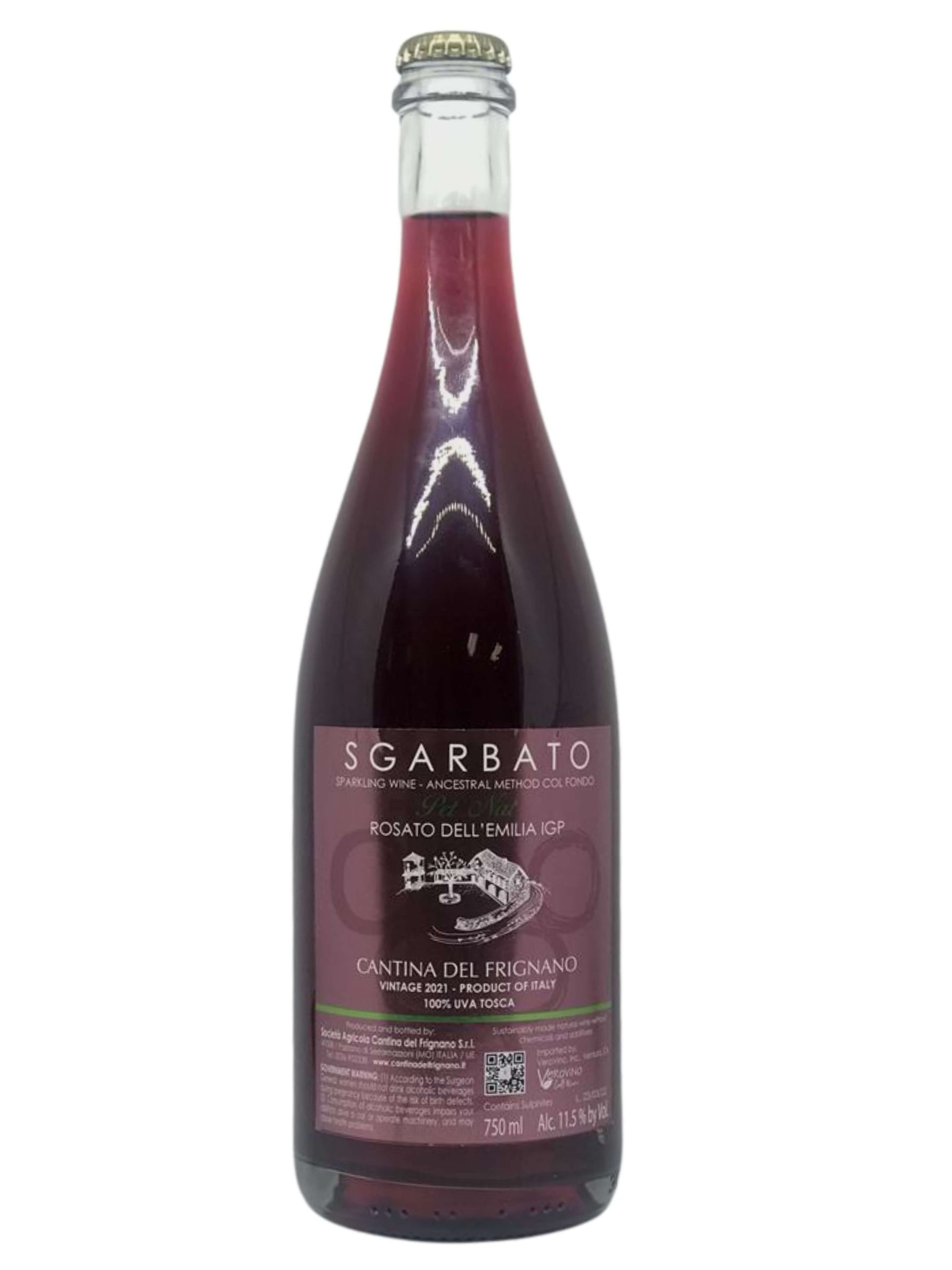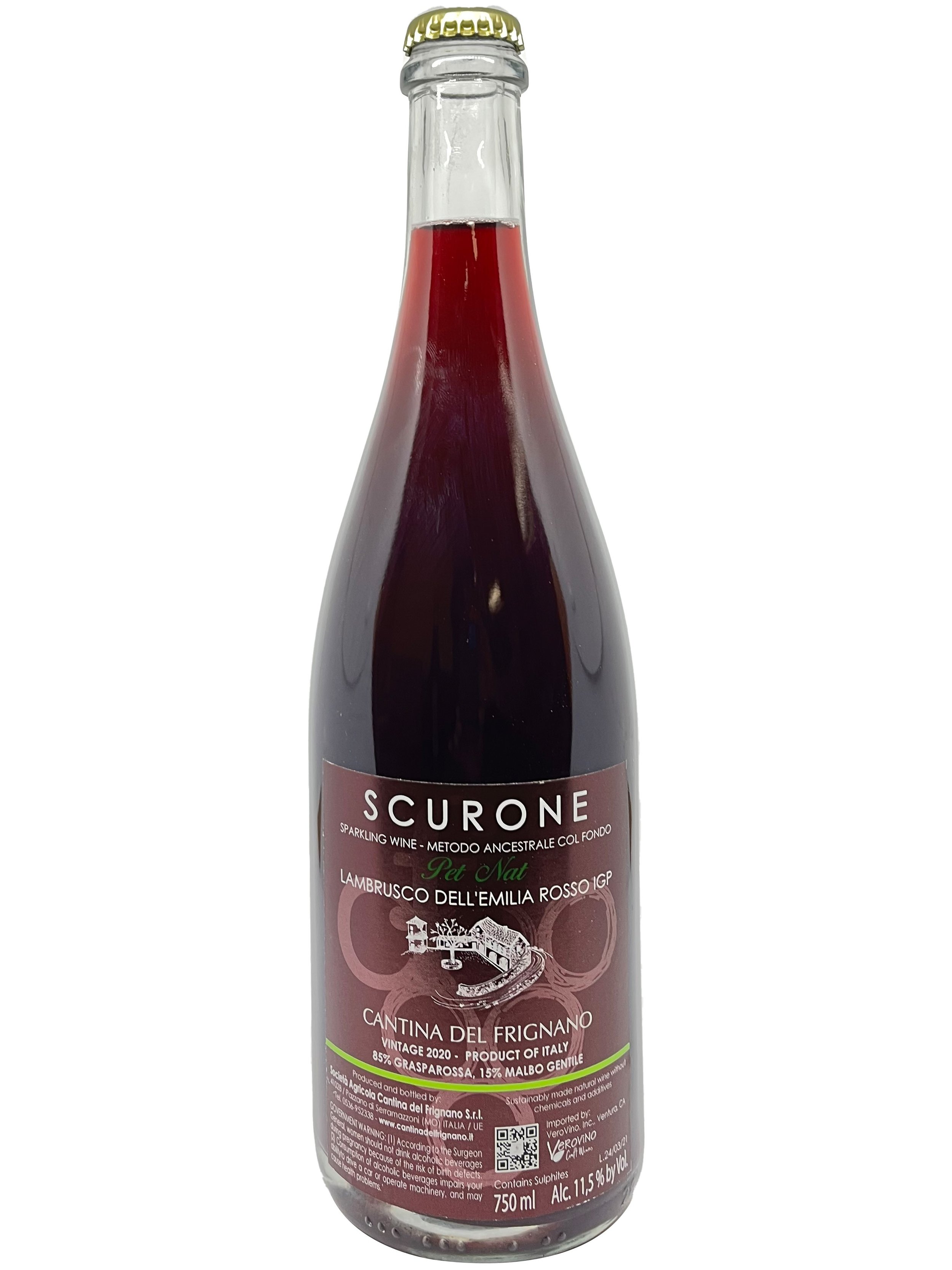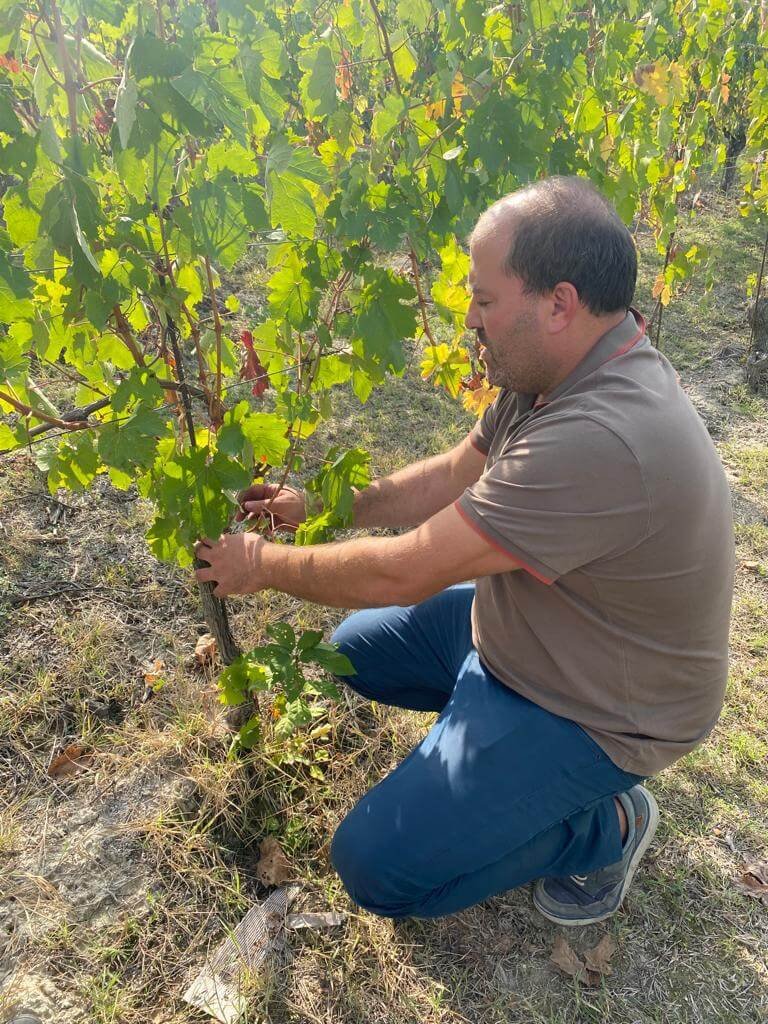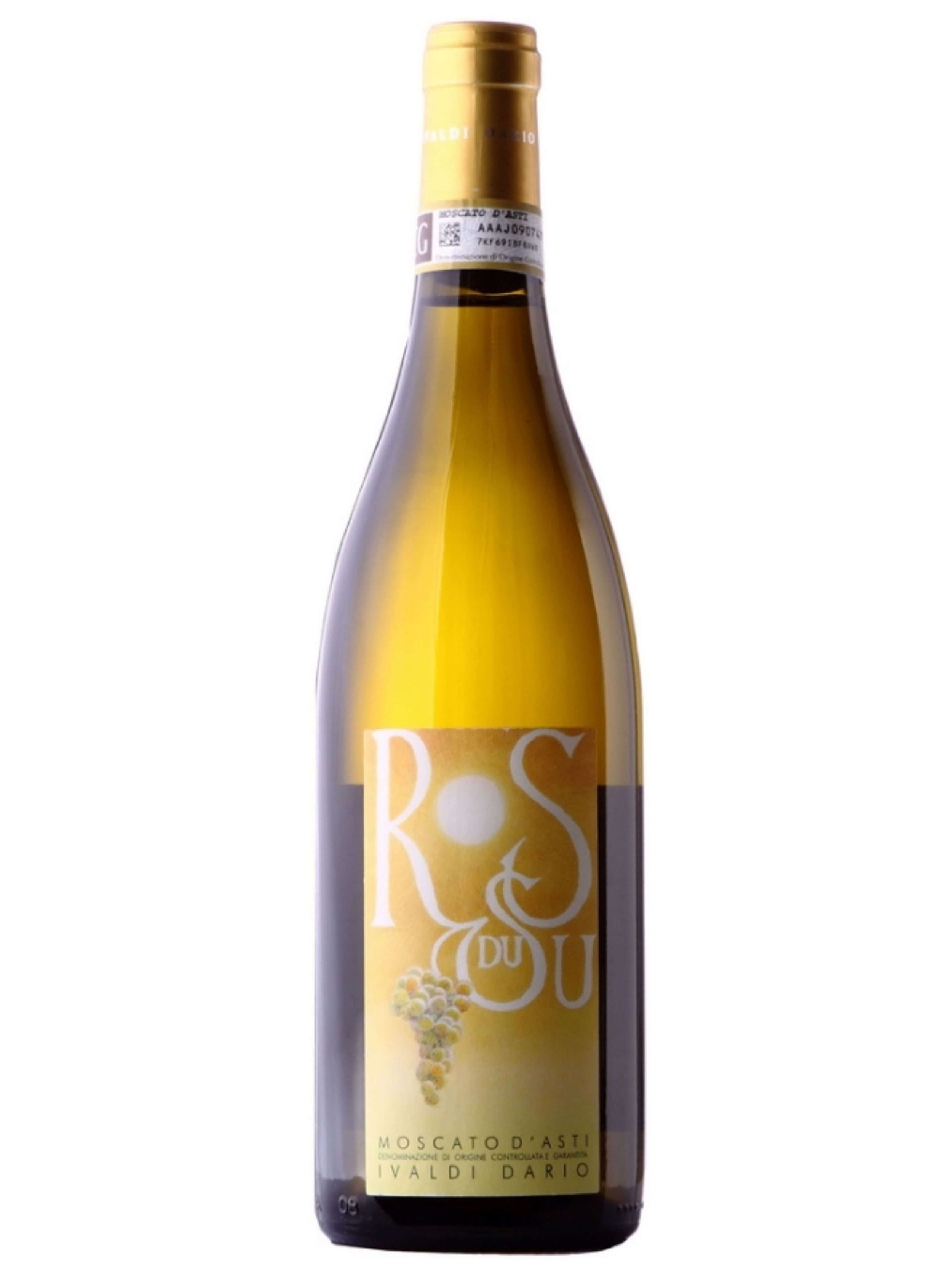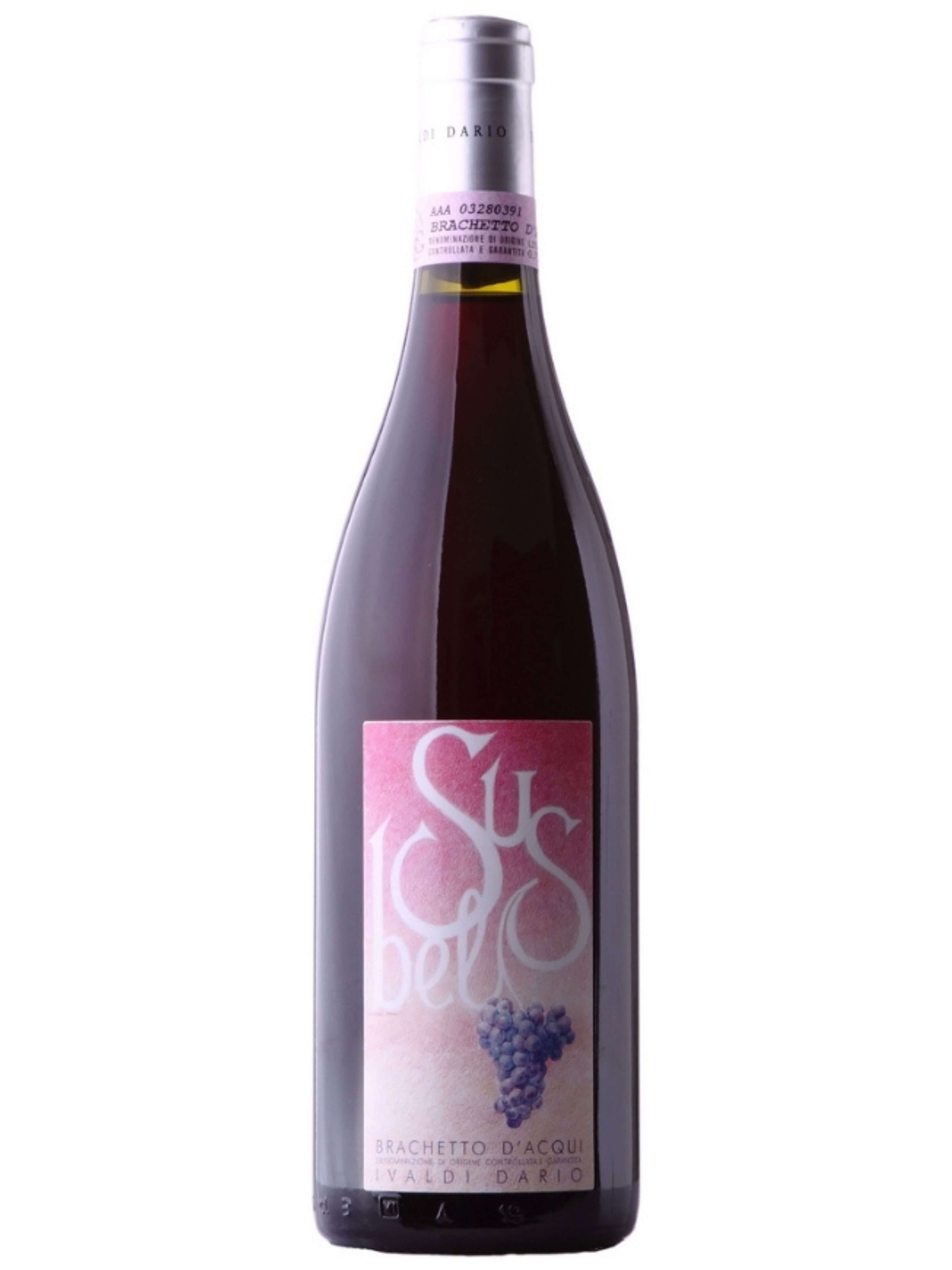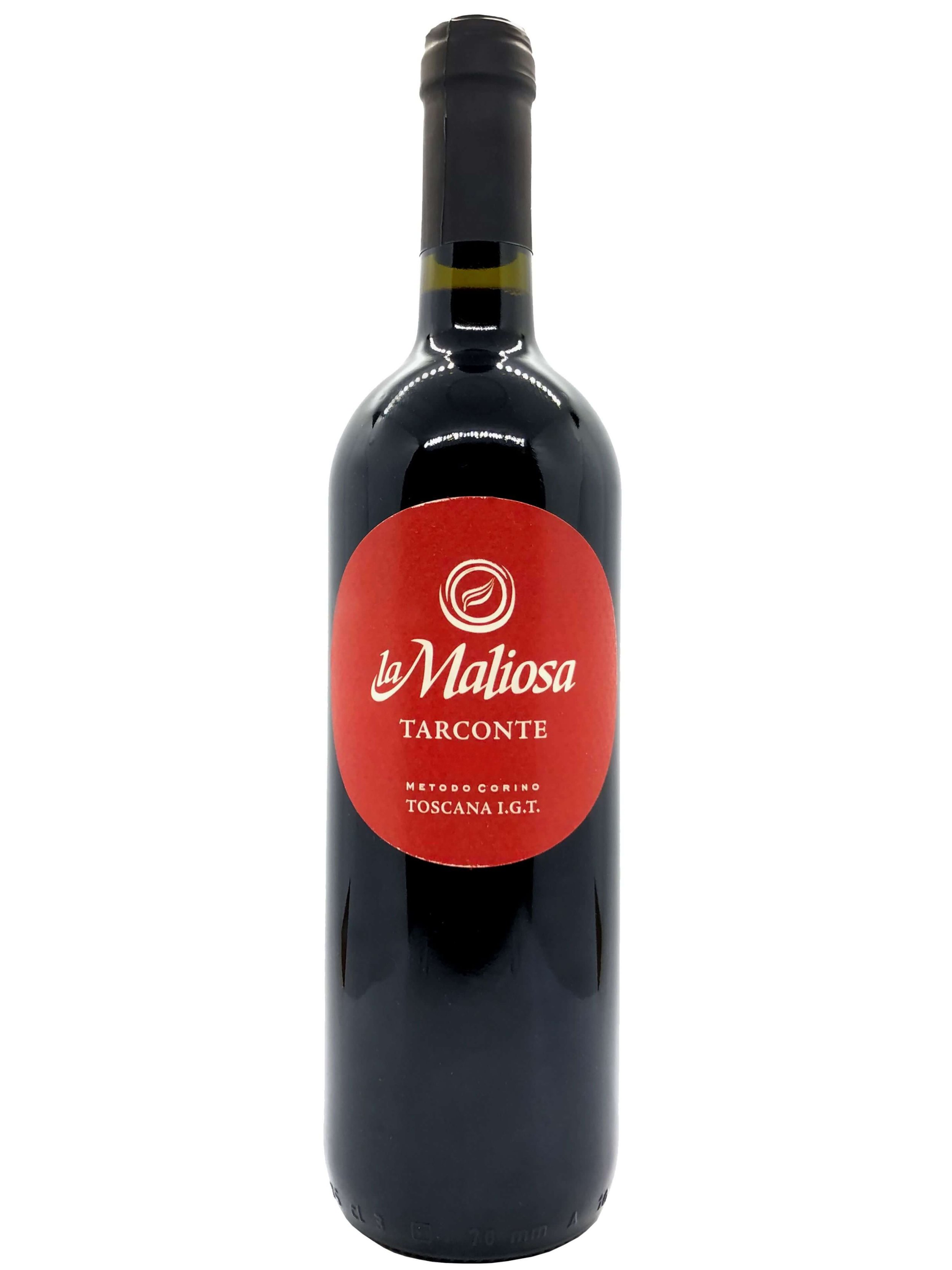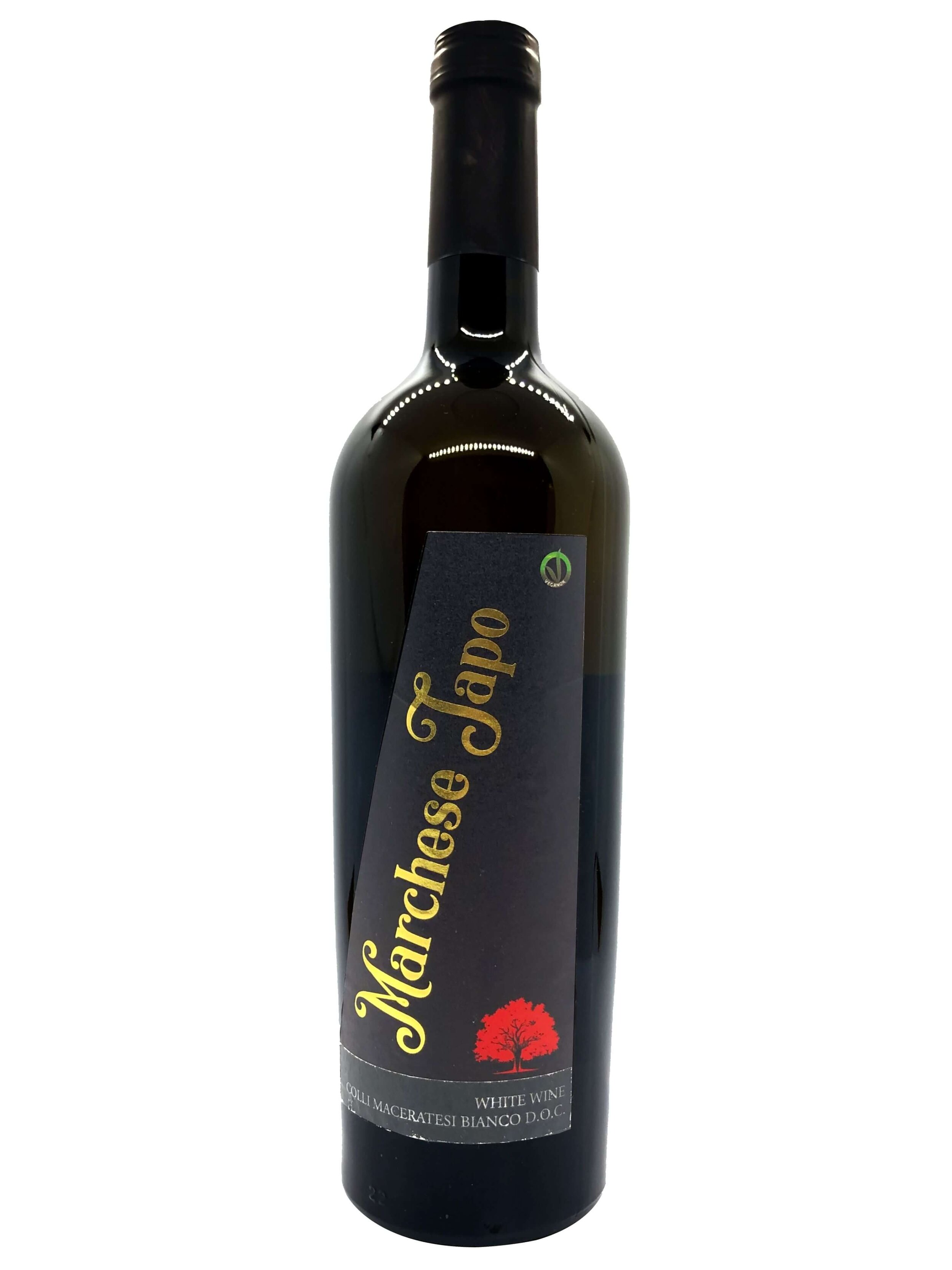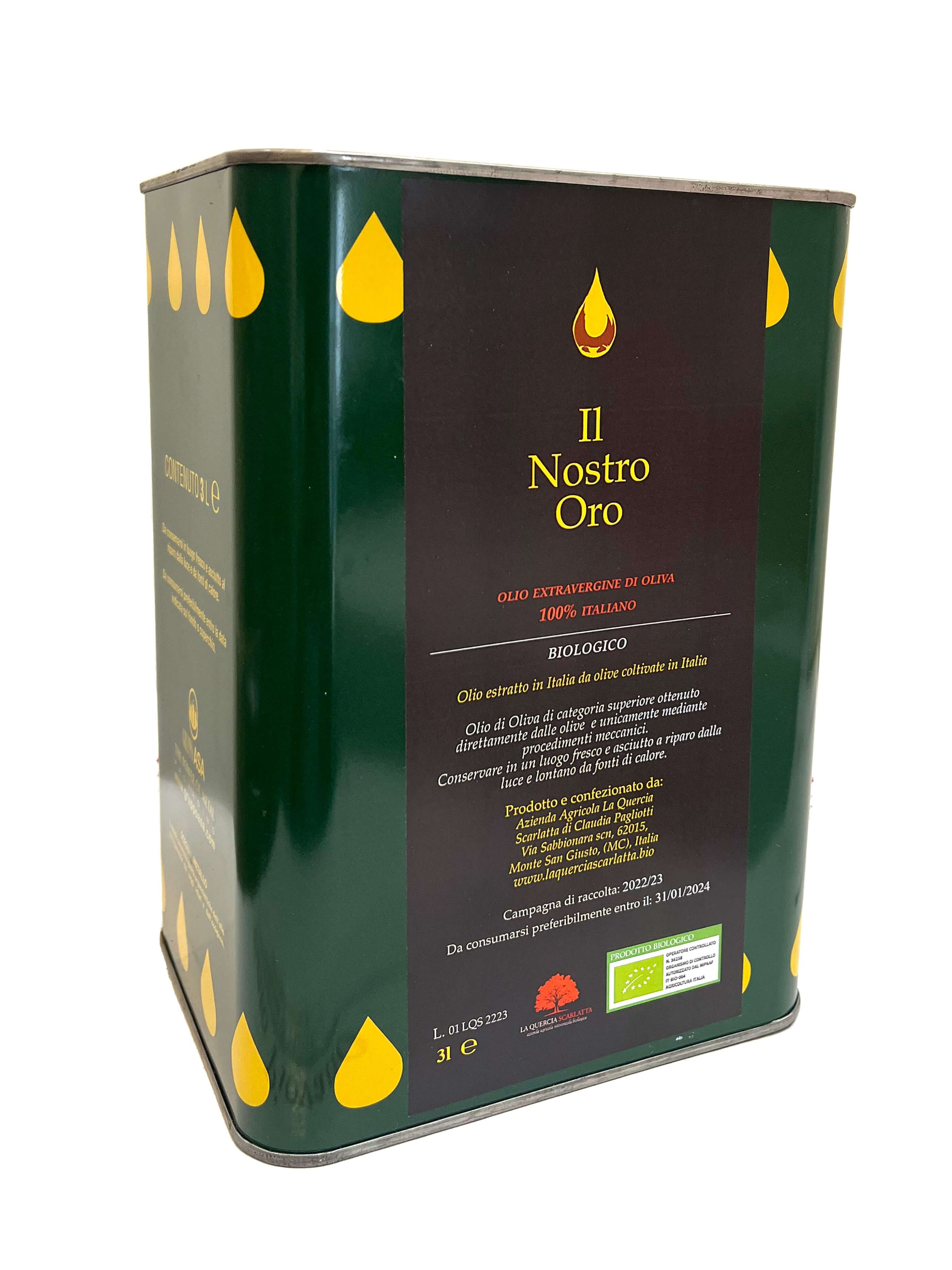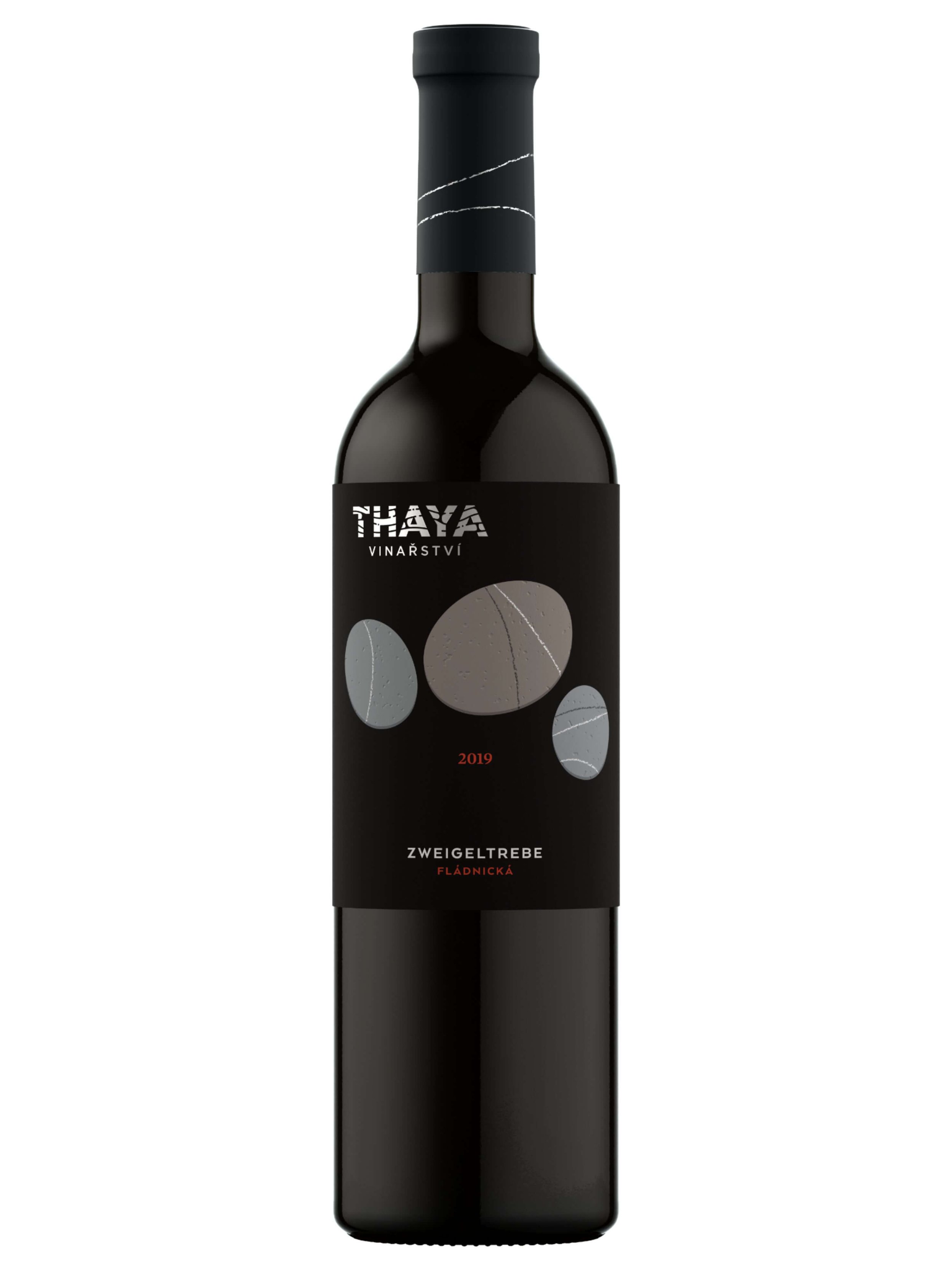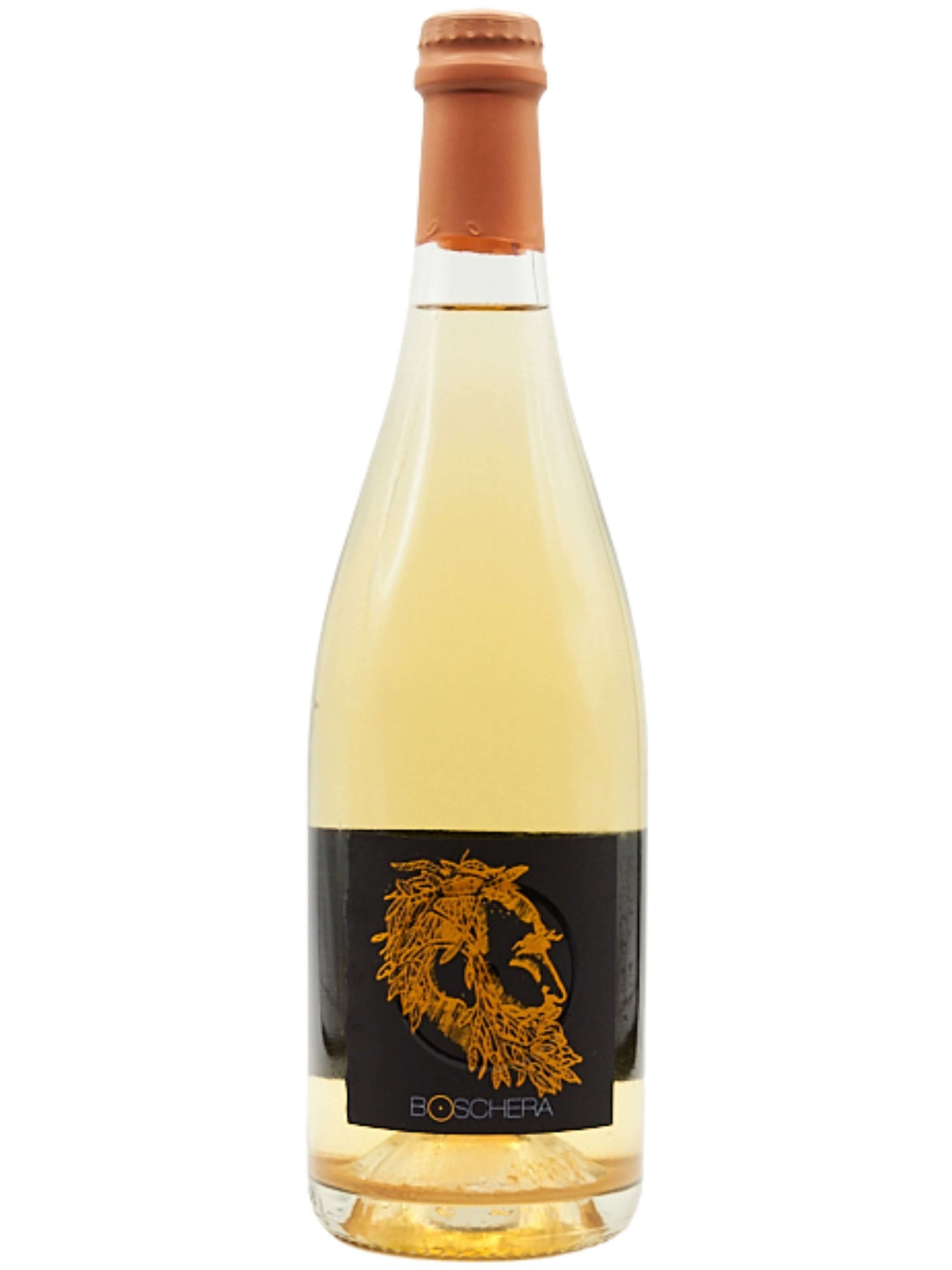Reclaiming Earth’s Assets By Getting Dirty
For some time now, there’s been a lot of talk about regenerative agriculture. It’s been several years since we dedicated a blog article to this topic. We decided it’s time to “regenerate” this topic because of new findings showing the benefits of regenerative farming. Studies have shown concrete links between actions taken with regenerative agriculture and how they combat impacts of climate change. In fact, the World Economic Forum has called out the wine industry, in particular wineries who practice regenerative agriculture as a leading the way!
What is it about regenerative farming that helps the earth claim back its assets and reduce carbon? Let’s find out.
Healthy Grapes = Great Wine
It’s something every one of our wine producers tells us: a good wine is not made in the wine cellar but out in the vineyard.
The underlying premise, literally, for healthy grapes and vineyards is healthy soil. As Lorenzo Corino once said: “you can eat the soil” of naturally maintained and nourished soil. After all, soil is the most valuable asset of a wine farmer: not the land they own, but the physical dirt making up that land. Conventional farming practices have been taking this soil for granted, and not only depleting nutrients but also flat out washing it away, as Lorenzo Corino once explained to Robert Parker.
Climate change is happening before our eyes, with wine regions around the world experiencing record events and disasters, like what we saw last summer. Sustainability is an important criteria for us, here at Vero, as we forage for authentic wild and scarce wines around the world. We’ve talked a lot in the past about similar subjects like biodynamic wine, and natural wine.
With lots of heightened interest in regenerative agriculture as we have begun to discover direct ways that some winegrowers are helping with climate change, let’s start by redefining regenerative agriculture, referring to our natural wine lingo article:
“Regenerative agriculture or farming is all about leaving the land better than how you found it. Championed by the late Lorenzo Corino who together with Antonella Manuli of La Maliosa, patented the Metodo Corino, a playbook to cultivate and make natural wines which is based on regenerative agriculture principles, and which Lorenzo Corino’s son, Guido, continues to practice. This farming philosophy is self-sustaining; the land and soil of the vineyard grow healthier with every year, instead of being stripped and depleted by intrusive farming methods. It not only maintains healthy vineyards and preserves the local environment, but grows healthy and sturdy vines that create fruit with more natural nutrients and flavor. Think of it as wine that is good for the earth, and good for you! ”
Why is regenerative agriculture so important? Check out this picture: on the left, we see conventional agriculture, and on the right, soil preserving regenerative agriculture of Case Corini biodynamic winery.
Why Regenerative Agriculture?
According to the World Economic Forum: “[…] there are only 60 years of soil remaining given the current degradation trends, as it takes 1000 years to generate 3 cm of soil. Moreover, industrialized viticulture has also led to a steep loss of biodiversity and crop monoculture […].” This trend has been caused by many winegrowers turning to conventional agricultural practices, prioritizing cost cutting and producing as quickly and efficiently as possible.
Tactics such as chemical and synthetic based pesticides and herbicides are obvious harms, as evidenced by the long-ongoing trend towards organic agriculture and organic wine, but there are other things that many farmers that seem “normal” but are damaging to the earth, like tilling the soil, heavy tractor use, and forced irrigation. And while there has been a growing interest in sustainable farming agriculture, regenerative techniques help constitute concrete ways to protect the land and give back to Mother Earth.
Contrary with conventional farming, regenerative farming focuses on enriching the soil health and biodiversity, resulting in carbon sequestration in their fields and vineyards. This healthy soil is essential for nutrient cycling, water retention, and carbon storage. Regenerative practices such as cover cropping, composting, and no-till farming help to build soil organic matter, enhance microbial activity, and improve soil structure to prevent the loss of it. This, in turn, leads to more resilient vineyards that are better able to withstand drought, pests, and diseases.
What regenerative farming practices should we look out for to determine if a wine producer is farming sustainably and putting soil health first?
Winemaker Eros Zanon showing the importance of his soil compostion in his Valobbiadene vineyards.
The Fundamentals of Regenerative Agriculture
Regenerative farming and sustainable farming practices can be broken down into a few macro-categories to help us understand the various building blocks that interlock to form “healthy soil”.
While there are certifications and patented methodologies like the Metodo Corino, named for Lorenzo Corino and used by La Maliosa, not all farmers prefer to undergo expensive certification and inspection processes.
Much like organic or biodynamic viticulture, they “walk the walk”, without acquiring externally validated credentials. For this reason, it is important to understand the core fundamentals behind regenerative agriculture, and to be aware of what wineries can and cannot do.
Carbon Sequestration
While preserving soil health provides many benefits, like producing healthy fruit, reducing erosion and making the vine and surrounding ecosystem more self reliant, thus needing less water, for example, there is another huge side benefit to practicing regenerative agriculture: maximizing carbon sequestration.
What is carbon sequestration? It is the process of capturing carbon dioxide (CO2) from the atmosphere as a greenhouse gas and transforming it to a solid or liquid form. While it is a natural process that occurs in various ecosystems, including forests, oceans, and soils, it’s the healthy soil that maximizes the amount of carbon dioxide it can hold.As per the World Economic Forum, 75% of terrestrial carbon, or carbon that has been sequestered on land, is stored underground in the soil. Therefore, taking action to improve soil health is THE predominant way to reduce carbon in our atmosphere. By this means of carbon sequestration, we can help to mitigate climate change by reducing the concentration of greenhouse gases in the atmosphere.
Knowing that the first step towards helping our environment is getting one’s soil as healthy as possible, how can this be done? By following techniques focused on 2 different aspects of soil health: nutrient preservation and volume preservation.
Soil Health: Nutrient Preservation
Besides the obvious of not using chemical fertilizers or pesticides, which drain soil health faster than ever, there are various other ways that a farmer can maintain the soil health of their vineyards, starting with the nutrient content. They can use organic material composts, selected for their nutrient makeup (either vegan with vegetative based or non vegan with manure based). But one of the most important ways to help is using a technique called cover cropping. But what are cover crops?
6th generation regenerative winemaker Guido Corino of Case Corini showing the difference between their cover crop and soil covering vs the actual soil itself.
Cover cropping, also called sovescio in Italian, involves planting a non-crop species between rows of vines to improve soil health and biodiversity. These cover crops can include legumes, grasses, and other plants like clovers. These cover crops provide several benefits to the vineyard, and while they can be spontaneous, some farmers will select specific plants to help compensate for deficiencies in their soils or based on what is native to the region. This is because, as these essentially weeds die, they leach their nutrients back into the soil (think Circle of Life style), so farmers might prioritize legumes for additional nitrogen or clover and oats for other nutrients. Common cover crop choices for vineyards when a farmer chooses to plant them may include legumes, clover, vetch, grasses like ryegrass and oats, and brassicas like mustard. The specific choice of cover crop will depend on the vineyard's climate, soil conditions, and specific goals.
Cover cropping also helps give rise to biodiversity within the vineyard (something we are going to talk about a little later), giving shelter to various animals and good insects that help boost the local ecosystem.
Lastly, cover crops actually also play a part with our second section of soil health: volume preservation.
Soil Health: Volume Preservation
A big motivation to practice regenerative agriculture is to keep the soil in the vineyard where it belongs. While soil can’t really “disappear,” thanks to the law of physics that matter can not be created nor destroyed, it can move or shift to unwanted places or become compacted and hard.
Like cover crops, here the important concept is not necessarily what is planted, but rather the simple fact that there is something covering the soil. By keeping the soil covered, using cover crops, or applying other techniques like hay mulching or simply cutting down the weeds and not removing them, a farmer will prevent soil erosion and runoff. Also, the plants’ roots will be better anchored into the soil, further reducing the risk of erosion. This is particularly important in areas with steep slopes and with heavy rainfall.
Think about a raindrop on plain dry, dusty soil: each drop that falls, hits hard and leaves an indent. Instead, if there is vegetation, the drop hits the plant, then splits into innumerable little micro droplets, reducing the impact of each drop.
Therefore, soil cover also helps to maintain moisture in the soil by:
first, absorbing excess water into the ground soil, and,
second, preventing rapid evaporation during hot and sunny days.
Wineries like Quercia Scarlatta use rescued horses in the vineyard to minimize their tractor use.
Another way to preserve soil is to limit use of tractors. Besides for their gas burning tendencies, tractors have another consequence in vineyards: compaction. Those heavy machines pound down the good weeds and compact the dirt making it harder for the soil to absorb water or retain it. As well, the wheels will tear up the soil, ruining any precious cover crop and breaking the soil surface, allowing for potential run off or unwanted infections to enter. It is for this reason too, that minimal tilling is desired. With the right cover crops, soil cover, and biodiversity, the soil needs to be left undisturbed to let it work its natural magic alone.
Biodiversity
Our last piece of the regenerative and sustainable agriculture puzzle is biodiversity. By promoting a biodiverse action plan within vineyards, you create a habitat for beneficial insects, pollinators, and other organisms that play essential roles in pest control and ecosystem balance. This helps to reduce the need for chemical pesticides and herbicides as well. Farmers, when they allow soil coverage, cover crop, or minimize their tractor use, allow the ecological biodiversity of the local climate to flourish, providing the habitat for beneficial insects and other organisms to support a healthy vineyard ecosystem. This diverse range of plant and animal life, will contribute to healthy soils and keep the local ecosystem in balance.
Using Regenerative Agriculture
This is all well and good, but does it work, and are there really people doing it? Of course! A recent study has shown that regenerative agriculture pactices do improve the health of the soil, and another study has shown that the grapes and wines from regeneratively farmed vineyards actually taste better!
How do you know if a farmer is practicing these sustainable farming practices?
One way is to look for certifications, but many artisan farmers, especially small farmers, do not have the resources to pursue certification. Instead you inquire to find out how a wine producer farms. Indicators that a winegrower may work with regenerative agriculture practices is whether they farm their own land, subscribe to natural winemaking techniques or are a biodynamic winery. While terms like regenerative agriculture, biodynamic agriculture, organic farming and sustainable agriculture are not apples to apples, there are some overlaps in their practices. And if a winemaker is prioritizing one, it does show that they are looking to keep their local ecosystem and soil healthy, so, overall, it’s a great place to start.
Metodo Corino
One woman winemaker, Antonella Manuli of La Maliosa farm and italian winery in Tuscany, took a huge initiative, along with the late Lorenzo Corino of Case Corini, to create a method for making, in a repeatable fashion, wine that is made in the most sustainable and natural way. Thus, the patented Metodo Corino, came about, which is a set of rules and practices designed to craft natural wines following regenerative and biodynamic farming principles.
Admittedly, the Metodo Corino is so much more than just farming principles, as it is a holistic viticulture approach emphasizing minimal intervention and respect for the natural ecosystem. It prioritizes indigenous yeasts for fermentation, utilizes biodynamic preparations, and focuses on soil health through practices like cover crops and minimal tillage. The goal is to produce wines that are a true expression of the grape variety and terroir, showcasing unique characteristics and minimal manipulation.
Support Regenerative Agriculture Wineries
The biodiverse regenerative agriculture vineyards of Zamichele.
Many Vero Producers farm using regenerative agriculture techniques, including Canalino, Case Corini, Col del Balt, Frignano, Ivaldi, La Maliosa, Quercia Scarlatta, Thaya, Zamichele, and Zanon. Check out all of our wines made with regenerative agriculture principles here. By purchasing their small production wines and tasting the fruits of their labor, you’re doing your part to help mitigate climate change and helping the earth restore its precious assets.
We exist to allow all Americans, businesses and consumers, across the US to experience the pleasure of a farm to glass wine, and a really good olive oil too. How can you get your hands on the hidden gems we forage for?
If you are a distributor reach out to us introduce our highly curated portfolio of one of a kind small production wines to your state.
We sell to wine stores and restaurants in certain states - contact us to learn more.
If our farm crafted natural wines and olive oils are not in your local shop or restaurant, buy wine online here, and we’ll ship it to you, including wine gifts.
We also have an award winning wine club for true wine explorers that are seeking to continually discover unique, sustainable and authentic small production wines they never had. These are wines selected by our sommeliers and curated for each box.
We do corporate gifts and sommelier guided wine tastings. Email us and we’ll tailor unique and sustainable corporate gift ideas.

